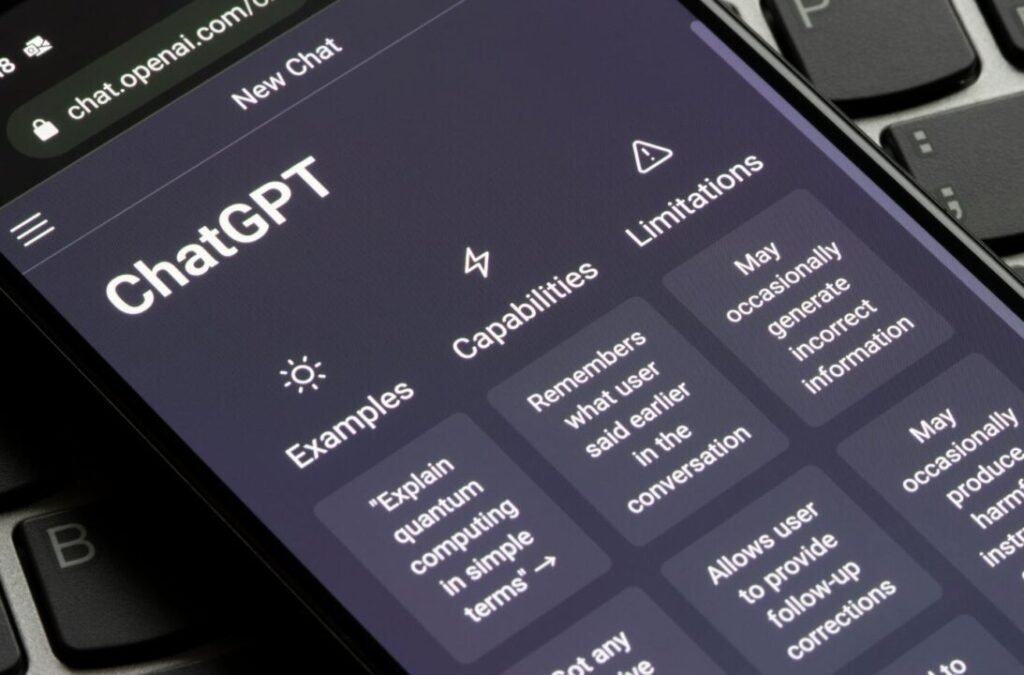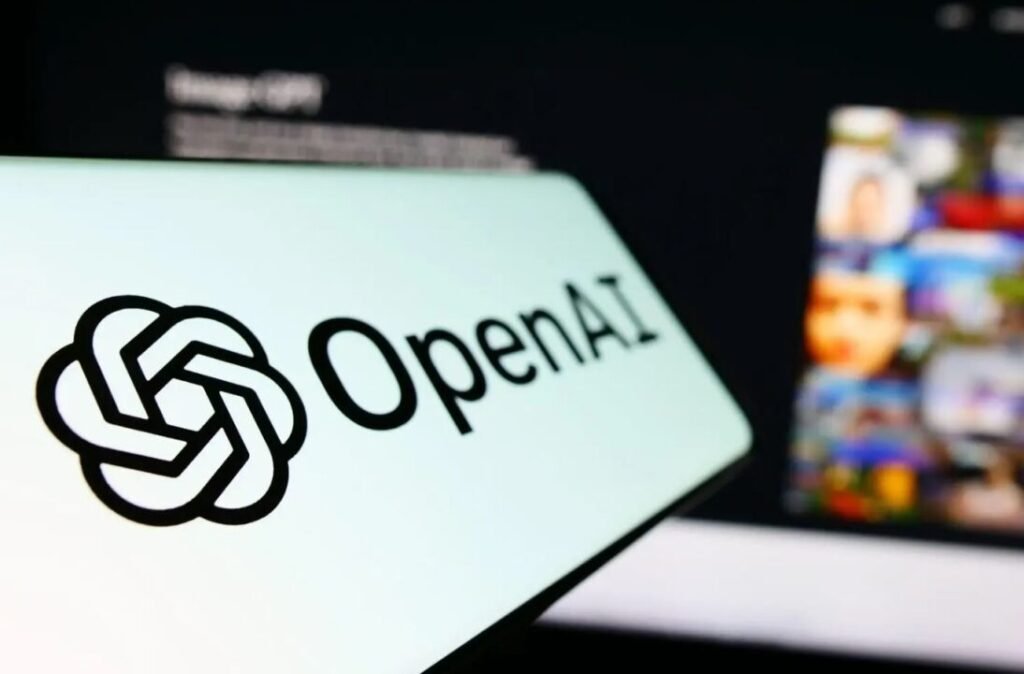The Stats, Facts, and Figures Behind the AI Giant
In the blink of an eye, ChatGPT has become a household name, a digital oracle whispering answers to millions.
But beyond the buzz and viral memes, lies a story of staggering growth and technological prowess.
Since its November 2022 launch, ChatGPT has smashed records, amassing a user base of 180.5 million and raking in over a billion visits in a single month. But what’s truly behind this AI sensation?
Join us as we look at the mind-boggling statistics that reveal not only ChatGPT’s meteoric rise, but also the challenges and opportunities it presents for the future of artificial intelligence.

Launch and Early Growth
- ChatGPT was launched on November 30, 2022. (Source: OpenAI)
- It gained 1 million users within its first week and 57 million monthly active users in its first month. (Source: OpenAI)
- It surpassed 100 million active users in January 2023 and 100 million weekly users in November 2023. (Source: OpenAI)
- By August 2023, it had 180.5 million users. (Source: Exploding Topics)
- It garnered around 266 million visits in December 2022 and surpassed 1 billion visits in February 2023, but this fell to 1.43 billion in August 2023. (Source: SimilarWeb)
Model Details
- OpenAI released the first GPT model in June 2018, which was trained on the BookCorpus dataset. (Source: OpenAI)
- GPT-2 was launched in February 2019 and was trained on 40 billion tokens of text extracted from over 8 million web pages. (Source: OpenAI)
- GPT-2 was used to generate musical compositions and lyrics with MuseNet and Jukebox. (Source: OpenAI)
- GPT-3 was released in June 2020 and was trained with over 175 billion parameters. (Source: OpenAI)
- GPT-4, released in March 2023, is the largest language model created by OpenAI, with 175 billion parameters and the ability to handle over 25,000 words of text. (Source: OpenAI)
- GPT-4 supports over 50 languages and is multimodal, understanding text, images, and voice. (Source: OpenAI)
Usage and Popularity
- ChatGPT receives over 10 million queries daily. (Source: InvGate)
- Openai.com’s audience is 65.13% male and 34.87% female. The largest age group of visitors is 25-34-year-olds. (Source: SimilarWeb)
Financial Impact
- Microsoft invested $10 billion in OpenAI, gaining a 46% stake. This was their third investment, following investments in 2019 and 2021. (Source: Microsoft)
- The daily cost of running ChatGPT is approximately $700,000, requiring extensive computational power and expensive servers. (Source: SemiAnalysis)
- OpenAI’s annualized revenue surpassed $1.6 billion in December 2023 due to ChatGPT’s growth. (Source: The Information)
- The GPT-3 AI model cost $12 million for a single training run, while GPT-4 cost $100 million. (Source: SemiAnalysis)
- Each word generated by ChatGPT could cost $0.0003. (Source: InvGate)
- OpenAI is reportedly seeking a new valuation that could go up to $90 billion. (Source: The Wall Street Journal)
Capabilities and Limitations
- ChatGPT can generate human-like text, code, and other creative content, even writing award-winning novels and directing short films.
- GPT-4 scored 40% higher than GPT-3.5 on internal factual evaluations and beat 90% of test takers on the bar exam. (Source: OpenAI)
- ChatGPT’s knowledge is limited to data up to January 2022 and it cannot access the internet or external links. (Source: OpenAI)
- OpenAI acknowledges that ChatGPT can produce biased or inaccurate responses and hallucinate facts. (Source: OpenAI)
- The free version of ChatGPT is limited to 16,384 words via the OpenAI API. (Source: OpenAI)
ChatGPT and the Future
- OpenAI expects its revenue to reach $1 billion by the end of 2024. (Source: The Information)
- ChatGPT is banned in several countries, including China, Russia, and Venezuela. (Source: InvGate)
- Concerns about the malicious use of ChatGPT have led to increased cybersecurity risks and phishing attempts, with a 1,265% increase in phishing emails since its launch. (Source: SlashNext)
- The development of ChatGPT has spurred competition from other tech giants like Google (Gemini) and Amazon (Q). (Source: InvGate)
- Running ChatGPT uses 500ml of water for every 5-50 prompts. (Source: InvGate)
ChatGPT Subscriptions
- OpenAI offers ChatGPT Plus for $20/month, providing access during peak times, faster responses, and early access to new features like DALL-E, Browsing, and Advanced Data Analysis. (Source: OpenAI)
- ChatGPT also offers Team and Enterprise subscriptions for businesses. (Source: OpenAI)
- ChatGPT Plus allows users to create customized chatbots called GPTs. (Source: OpenAI)
- OpenAI launched the GPT store in January 2024 for paid users to download chatbots. (Source: OpenAI)
- ChatGPT Plus users can access the internet through Bing. (Source: OpenAI)

The numbers don’t lie: ChatGPT is a force to be reckoned with.
Its unprecedented growth, financial success, and expanding capabilities point to a future where AI plays an even more integral role in our lives. But as we embrace this AI revolution, we must also grapple with its limitations, biases, and potential for misuse.
ChatGPT’s story is far from over, and its statistics serve as a roadmap for navigating the uncharted territory of a world increasingly shaped by artificial intelligence.